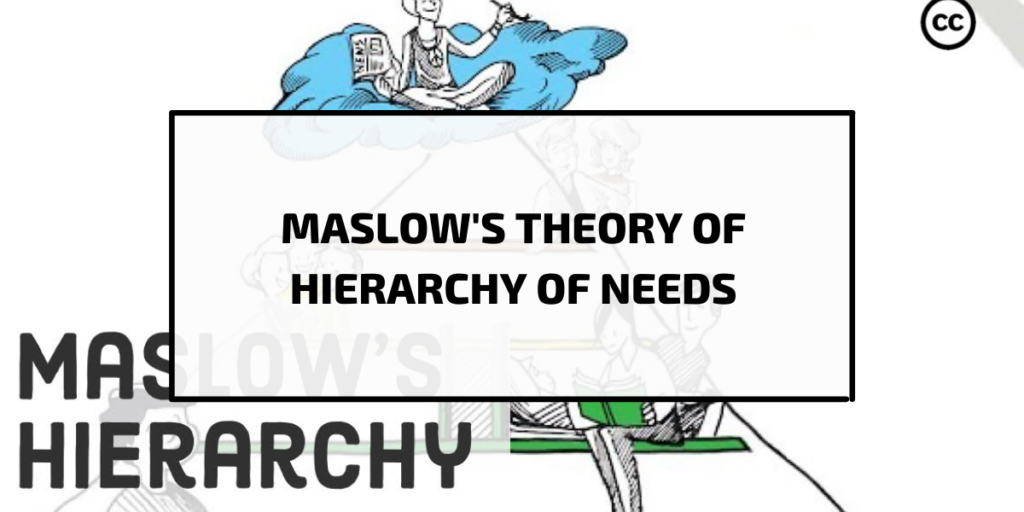Maslow’s hierarchy of needs is one of the most prominent psychological theories that explain individual motivation. Published in his seminal paper, ‘A theory of human motivation’.
While dated, Maslow’s theory is useful for both personal development and workplace growth. It is still relevant in today’s advanced workplace and business environment.
Who was Abraham Maslow?
Abraham Maslow was an American psychologist who developed a hierarchy of needs to explain human motivation and the one who suggested the hierarchy. His theory suggested that people have a number of basic needs that must be met before people move up the hierarchy to pursue more social, emotional, and self-actualizing needs. Today, he is remembered as one of the most influential psychologists of the 20th century.
The Hierarchy of needs theory is a classical portrayal of human motivation. The theory suggests that human needs are categorized into 5 types and their urgencies vary from person to person. These needs are
- Psychological Needs
- Safety Needs
- Social Needs (love/belonging)
- Esteem Needs
- Self-Actualization Needs
Psychological
These are basic needs that are very vital for human survival. The human body cannot function properly without the completion of these needs. These involve things like water, air, clothes, shelter, etc. Maslow also included sexual reproduction in this level of the hierarchy of needs since it is essential to the survival and propagation of the species.
Safety
These needs come after the psychological needs are safety needs. Safety needs include physical, environmental, and emotional safety and protection. For instance- Job security, financial security, protection from animals, family security, health security, etc. You will become increasingly interested in finding safe circumstances, stability, protection.
Social
The third level of human needs is social and involves feelings of belongingness. Therefore, the need for interpersonal relationships motivates behavior. At this level, the need for emotional relationships drives human behavior. Some of the things that satisfy this need include:
- Friendships
- Romantic attachments
- Family
- Social groups
- Community groups
- Churches and religious organizations
Esteem
This is the fourth level of human satisfaction need in which Maslow’s seen noting two versions of esteem needs. The “lower” version of esteem is the need for respect from others and may include a need for status, recognition, fame, prestige, and attention. Thus, the “higher” version of esteem is the need for self-respect and can include a need for strength, competence, mastery, independence, and freedom. This “higher” version takes guidelines, the “hierarchies are interrelated rather than sharply separated”. This means that esteem and the subsequent levels are not strictly separated; instead, the levels are closely related.
Self Actualisation
Self-Actualization Needs
According to Maslow’s definition of self-actualization, “It may be loosely described as the full use and exploitation of talents, capabilities, potentialities, etc. Also, such people seem to be fulfilling themselves and to be doing the best that they are capable of doing. They are people who have developed or are developing to the full stature of which they capable.” Individuals who are motivated to pursue this goal seek and understand how their needs, relationships, and sense of self are expressed through their behavior. Self-actualization needs include:
- Partner acquisition
- Parenting
- Utilizing and developing talents and abilities
- Pursuing goals
Advantages Of This Theory
This theory is the universal system that shows in different ways at different times for each individual. It is a powerful reference to understand human motivation.
The employees’ needs may be different. However, managers need to implement at least some of these basic needs.
It is essential to satisfy the needs from the bottom to the top.
Limitations Of Maslow’s theory
Maslow restricted the number of self-actualized people in his theory. At one time, he wrote that less than two percent of the total population is made of self-actualizes.
The theory assumes that all people experience these needs in the same order, failing to recognize cultural and individual differences. In collectivist societies, for example, social needs may be considered more important than physiological needs.
Conclusion of Maslow’s Theory
Each person may require different things to satisfy their needs, for example, one individual’s view of what is adequate shelter may differ from another person’s view. There is also debate over the order in which the higher-level needs should come in the Hierarchy of Needs.
Even though as years pass with more flaws being found with his idea, the hierarchy of needs is still the most known and recognized theory to date within the social science field.
Do check out our other blogs.
- FINDING OUT MORE ABOUT LUCID DREAMS
- FINDING YOUR AMBITION IN LIFE
- TIME AND ITS VALUE
- BODY NEUTRALITY AND HOW TO PROPAGATE IT
By Lovish Aggarwal

